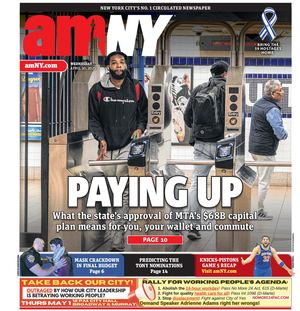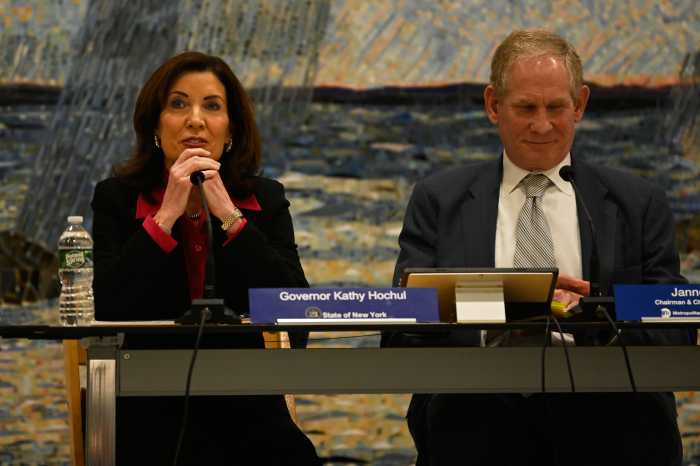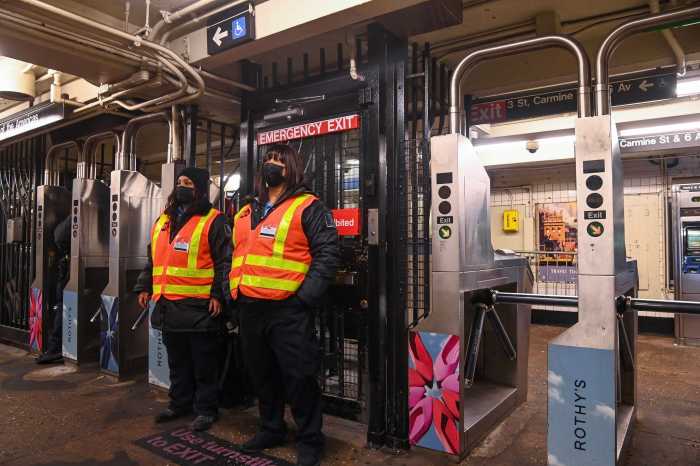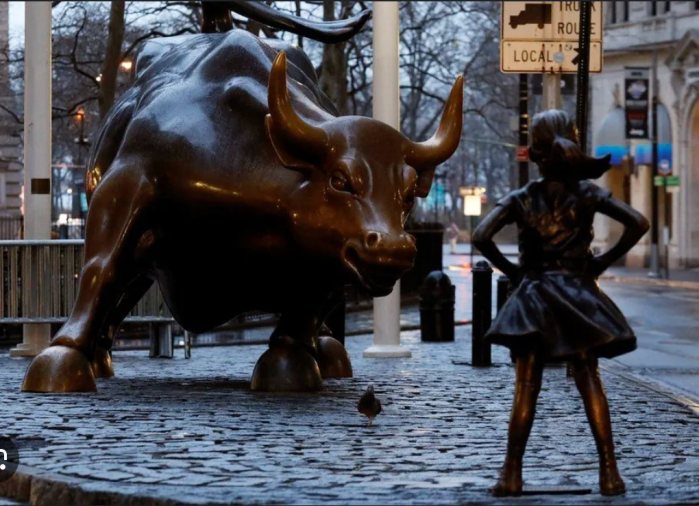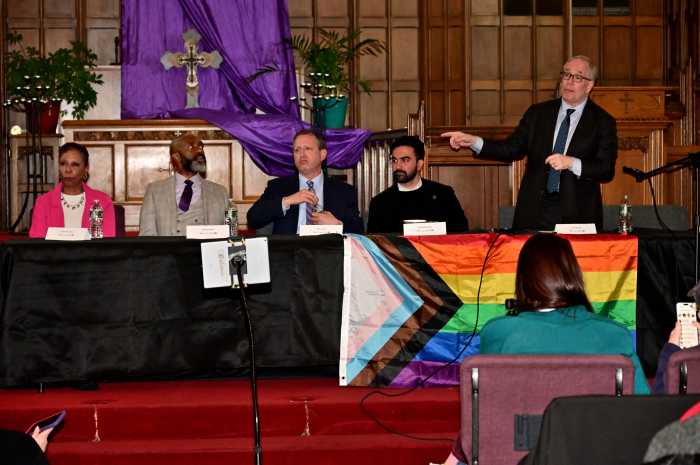
The U.S. Department of Transportation has withdrawn from the group overseeing the Gateway Program, the massive regional project that aims to double rail capacity between New York and New Jersey.
Billed as the largest and most important transit project in the northeast, the $23.9 billion Gateway Program aims to dig a new rail tunnel under the Hudson River, expand Penn Station and build new bridges to better connect Newark, New Jersey, and New York City.
In a Friday letter to the group, the Gateway Development Corporation, the U.S. DOT’s Acting General Counsel Judith Kaleta announced that the DOT would “permanently withdraw” from the corporation, which was established in 2015 and is also composed of Amtrak and board members from the Port Authority representing New York and New Jersey.
“It is not DOT’s standard practice to serve in such a capacity on other local transportation projects, and DOT’s Trustee has had to recuse from several board actions already,” Kaleta wrote in the letter.
A DOT spokesman elaborated in a statement that the federal agency decided to leave the corporation “as a procedural matter to avoid potential conflicts” and to ensure “there is no appearance of prejudice or partiality in favor of these projects ahead of hundreds of other projects nationwide.” It is not indicative of the federal government’s support of the project, the spokesman said.
“The decision to resign from the Board should not be misinterpreted as any form of decision about the multiple individual projects promoted by the Gateway Development Corporation,” the DOT spokesman said.
The Gateway Program would address the growing number of commuters entering the city from New Jersey as well as some of the region’s deteriorating infrastructure. The current, two-tube tunnel under the Hudson that serves about 200,000 riders each day was badly damaged during Superstorm Sandy. If one tube fails before a new tunnel is built, capacity in the tunnel would be reduced by 75%, according to Amtrak.
“Moving forward and completing the new Portal Bridge and Hudson River Tunnel is critical to create and preserve hundreds of thousands of jobs and to avoid the economic, transportation and environmental calamity that would occur were the existing tunnel to be closed before the new tunnel is opened,” said John D. Porcari, the interim executive director of the corporation, in a statement.
Gov. Andrew Cuomo’s office did not immediately respond to a request for comment. But the governor, Porcari and other officials have expressed confidence that the Trump administration would be receptive to the project.
“This is a project that fits all the criteria President Trump talks about,” said Cuomo at Penn Station news conference last month. “It is public-private sector partnership. It is New York State, New Jersey, partnering with the federal government.”
On regional transit, the DOT is planning to make several project announcements “in the coming weeks,” with a draft environmental impact statement on the Hudson Tunnel replacement coming “in the near future,” the DOT spokesman said.
